Origins
The First Generation of Gods
There are several different versions of how the world began in Classical mythology, but the version most recognized is found in Hesiod’s Theogony (theo- meaning “god” and -gony meaning “origin/birth”). Hesiod says that the first being to exist was Chaos, a dark and murky void who becomes the progenitor of the gloomy and negative aspects of the universe, such as Nyx (Night), Thanatos (Death), and the Moerae (the Fates; sometimes, however, the Fates are said to be the daughters of Zeus and Themis). Next came Gaia (Earth, sometimes called Gē), Tartarus (the lowest part of the Underworld), and Eros (Erotic Love). Gaia alone gave birth to Uranus (Ouranos or Οὐρανός, meaning “sky/heavens”), Urea (Ourea, or Mountains), and Pontus (Sea). Now that Eros existed, future births could proceed with the aid of erotic love. Gaia and Uranus married and had three sets of children: the twelve Titans (including Cronus and Rhea), the three Cyclopes (meaning “circle-eyed,” because each one had only one big eye in the middle of his forehead), and the three Hundred-Handers (so named because each one had a hundred hands; they also had fifty heads).
The Second Generation of Gods: The Titans
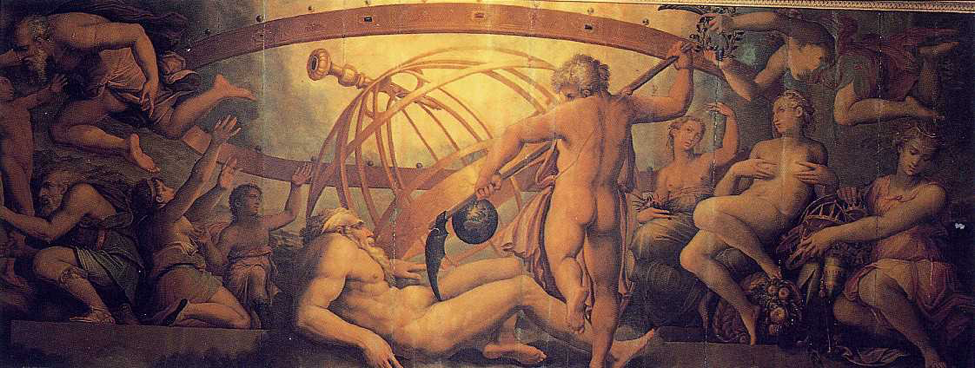
Uranus disliked his children, particularly the monstrous Cyclopes and Hundred-Handers, so he prevented them from being born by blocking up Gaia’s many wombs (caves). This was painful for Gaia and she became angry at her husband; she also wanted her children to see the light of day. She asked her children to help her overthrow their father and one, the Titan Cronus, volunteered. Gaia made a sickle out of adamant (a mythical metal that was extremely hard) and gave it to her son, telling him to lie in wait for his father. In the evening, Uranus came down from the sky to sleep with his wife, and Cronus used the opportunity to cut off his father’s genitals. He threw the genitals into the sea, and the goddess Aphrodite was born from the mixture of semen and sea-foam that formed around them [see Aphrodite]. As they fell, some bloody drops dripped onto the ground, impregnating Gaia with the Erinyes (known as the Furies in Latin) and the Gigantes, or Giants.
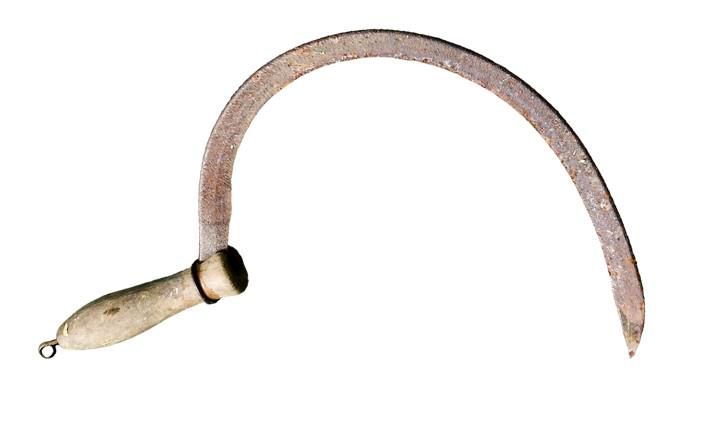
Cronus replaced his father as ruler of the universe, and soon his subordinates were chafing under his rule. He imprisoned his brothers, the Cyclopes and the Hundred-Handers, in Tartarus, the deepest and darkest place in the universe. Gaia and Uranus, who, now without his genitals, was able to live in peace with his progeny, warned Cronus that one of his children was destined to overthrow him. Cronus, hoping to avoid this fate, swallowed each of his children (Hestia, Demeter, Hera, Hades, and Poseidon) in turn as soon as his wife and sister, Rhea, gave birth to them. Rhea was upset that she was not able to spend time with her children, so when she became pregnant with another child, she made a plan with the help of her parents, Gaia and Uranus. When Rhea gave birth to her youngest child, Zeus, she replaced the infant with a stone wrapped in swaddling clothes and gave it to Cronus to swallow. Meanwhile Gaia hid Zeus in a cave on Crete [see Creta on map]. Zeus stayed there for a year, suckled by the goat Amalthea, until he was mature enough to confront his father (the gods grow up quickly). On the advice of Gaia, Zeus gave his father an emetic which caused him to regurgitate his other children. Cronus also vomited up the stone he had swallowed, and Zeus placed it in Delphi, where it became the navel stone of the earth. Together, the sons and daughters began a war against their father, which is referred to as Titanomachy, or the Battle of the Gods and the Titans.
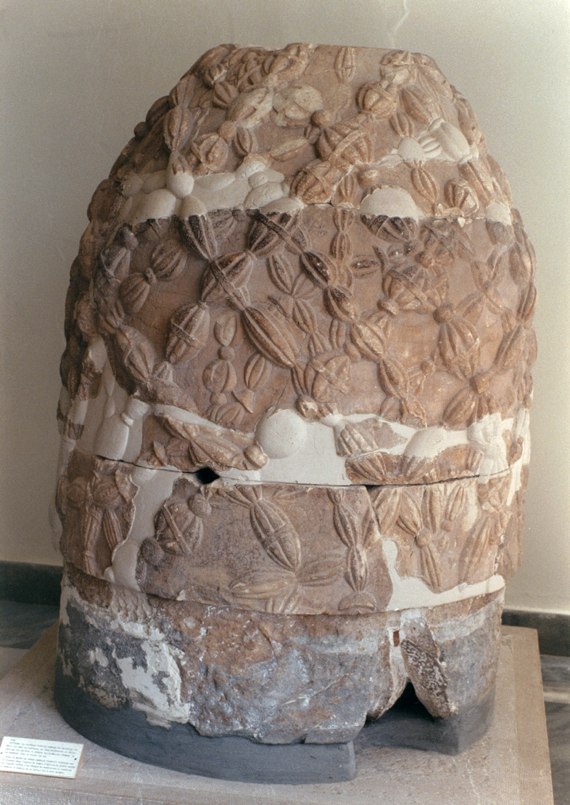
The Battle of the Gods and the Titans
The Battle of the Gods and the Titans lasted for ten years, and for a long time both sides were evenly matched. But eventually Zeus turned the tide of battle to his advantage by releasing his uncles, the Cyclopes and the Hundred-Handers, from Tartarus. The Cyclopes forged the thunderbolts (what we would call lightning bolts) for Zeus and the Hundred-handers threw huge rocks from their three hundred hands. The sea roared and the whole earth shook with the battle, and the sky echoed in response. Zeus threw so many thunderbolts that the whole world caught on fire, and finally the Titans were defeated.
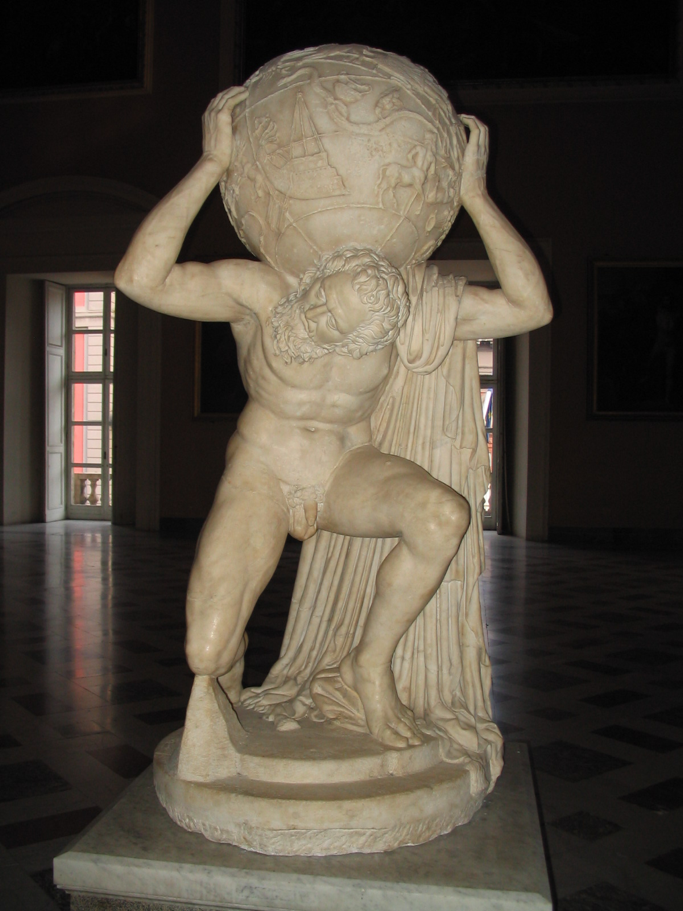
After Zeus finally won, he threw the Titans into Tartarus except for Atlas, who was the son of the Titan Iapetus. Atlas was ordered to hold up the sky so it did not fall onto the earth. Atlas’ brothers, Prometheus (Forethought) and Epimetheus (Afterthought), had fought on Zeus’ side, so they were not punished. The Cyclopes became Zeus’ personal team of metallurgists; they were the ones who forged his thunderbolts. The Hundred-Handers were given the task of guarding the gates to Tartarus.
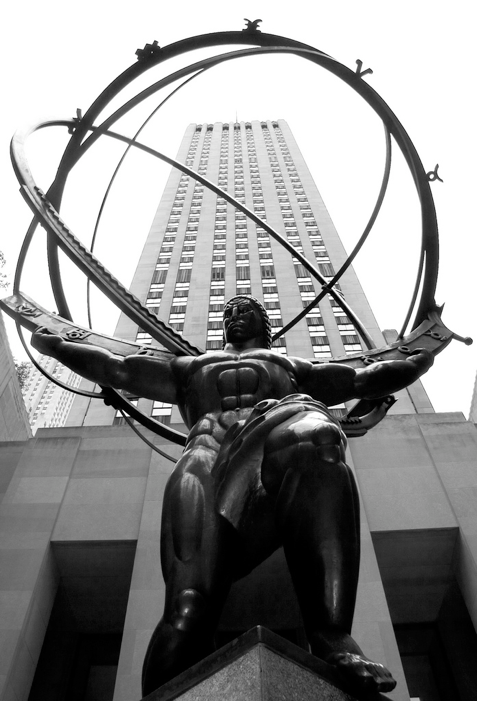
The Third Generation of Gods: The Olympians
The three sons of Cronus divided the universe into three kingdoms, one for each to rule, and drew lots to determine who would rule which part. Zeus became the Ruler of the Heavens and King of the Gods, Poseidon held dominion over the seas and waterways, and Hades ruled the Underworld as King of the Dead. Gaia became angry with the Olympians for their treatment of her children, the Titans, so she joined with Tartarus and bore Typhoeus (sometimes called Typhon), a monster described differently by each author, though Hesiod describes him as having a hundred dragon heads growing from his shoulders. Typhoeus breathed fire from his dragon heads and caused the entire world to shake; he wanted to take power in Zeus’ place. Zeus came down from Olympus to meet the monster head on, beating him down and hurling many thunderbolts at him. Once again, the earth, sea, and sky were engulfed in flames and the entire world was shaken. Zeus finally defeated the monster and threw him into Tartarus, where he became the source of typhoon winds. Some authors say that he was buried under Mt. Etna, in Sicily, where he became a volcano.
Analysis
The story of how Zeus came to rule over gods and men is certainly a violent one, and it has several important themes. One theme is the establishment of the rule of the Olympian gods (who sometimes symbolize justice, law, and order) over the Titans (who sometimes symbolize brute force) and the Gaia-Uranus generation (who symbolize the unbridled forces of nature). This theme is sometimes referred to as “from chaos to cosmos,” since cosmos (kosmos, κοσμός) means “the ordered universe” in Greek. Another more troubling theme is the conflict between the generations, as each father tries to suppress the rule of his sons.

